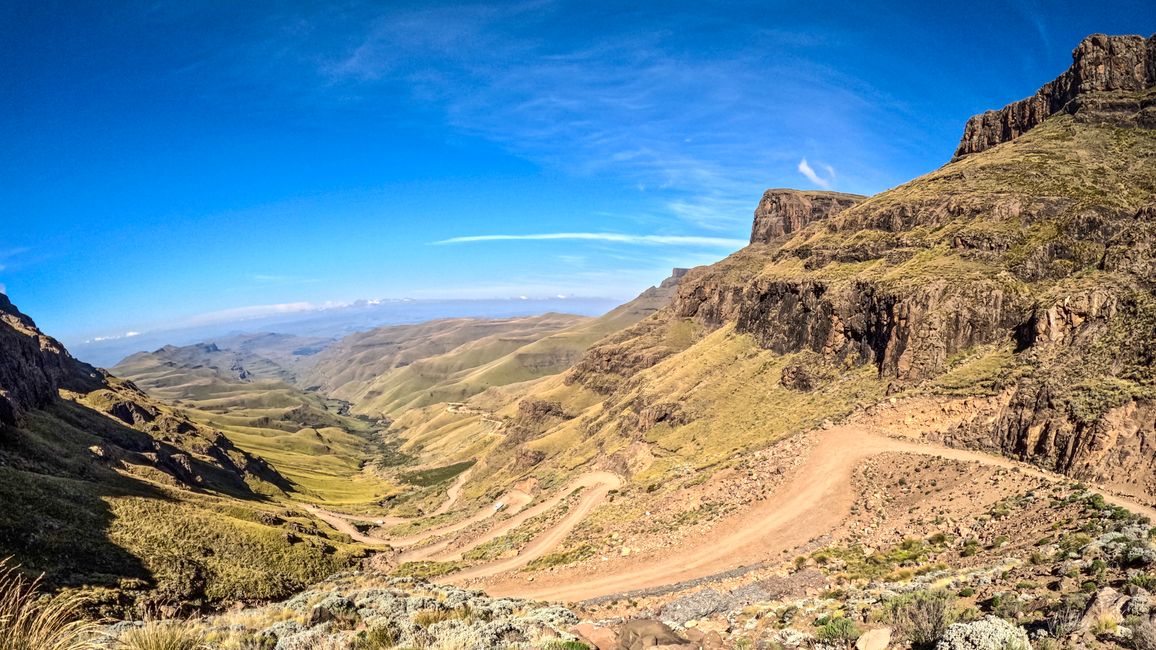Tag 12: Sani Pass
ຈັດພີມມາ: 10.05.2024
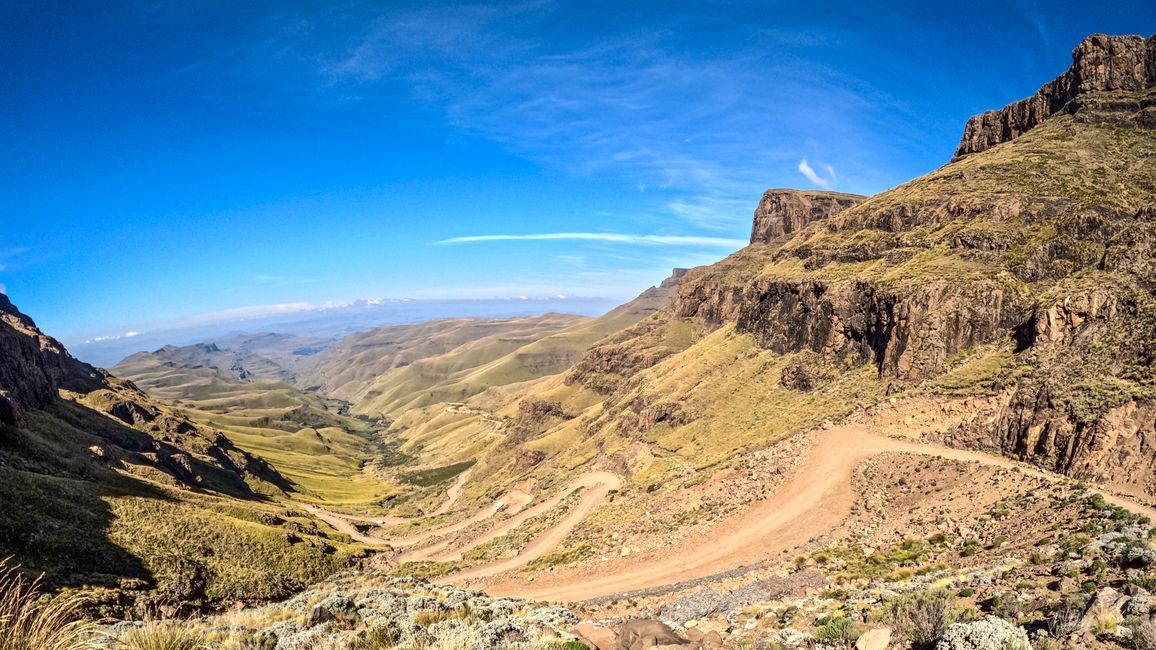
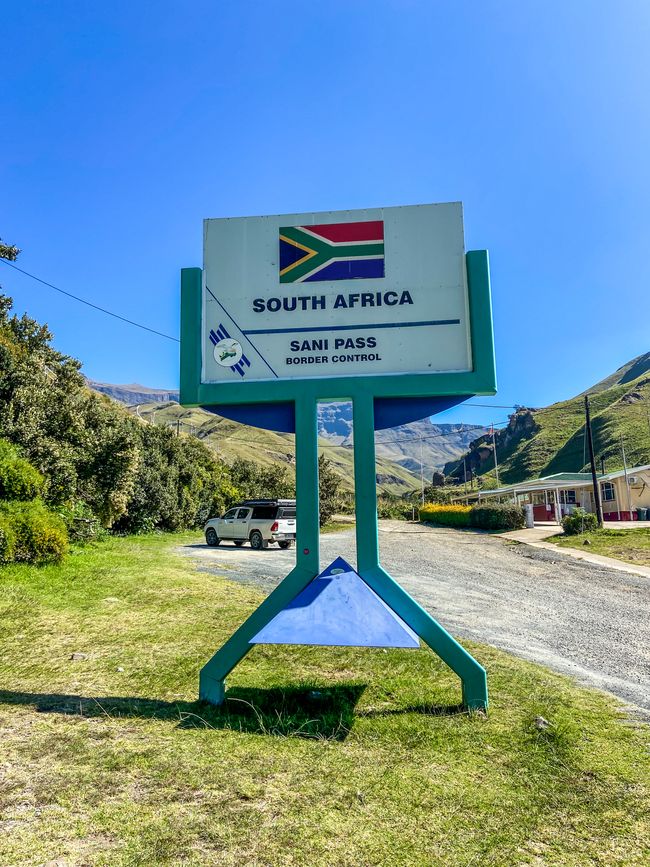


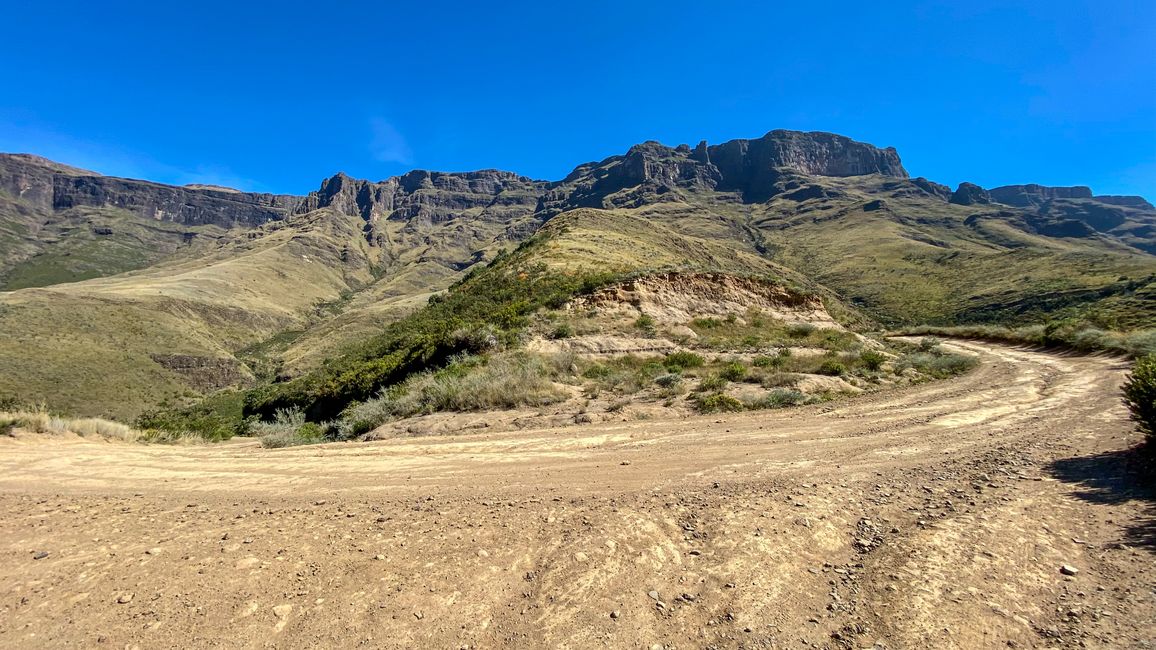
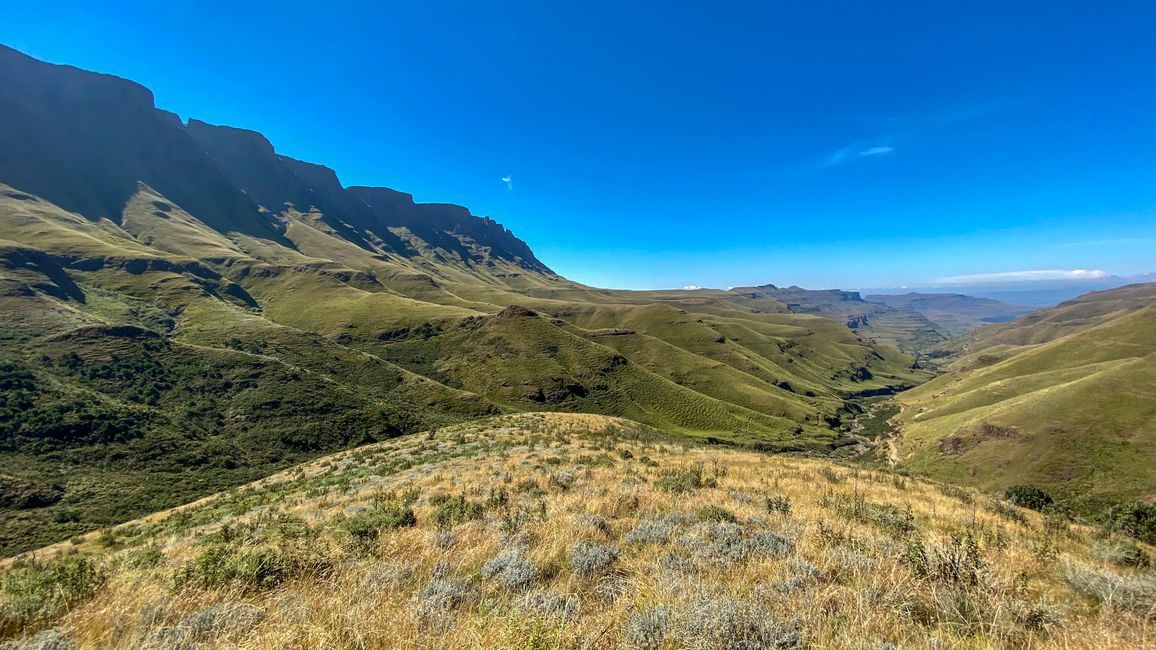
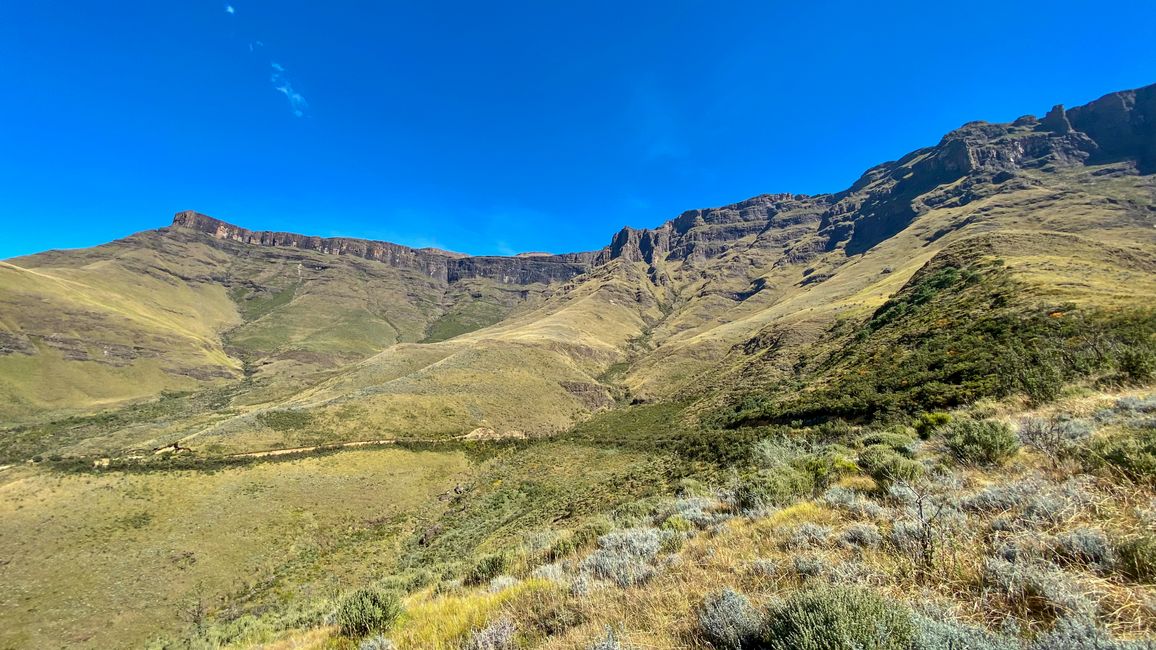
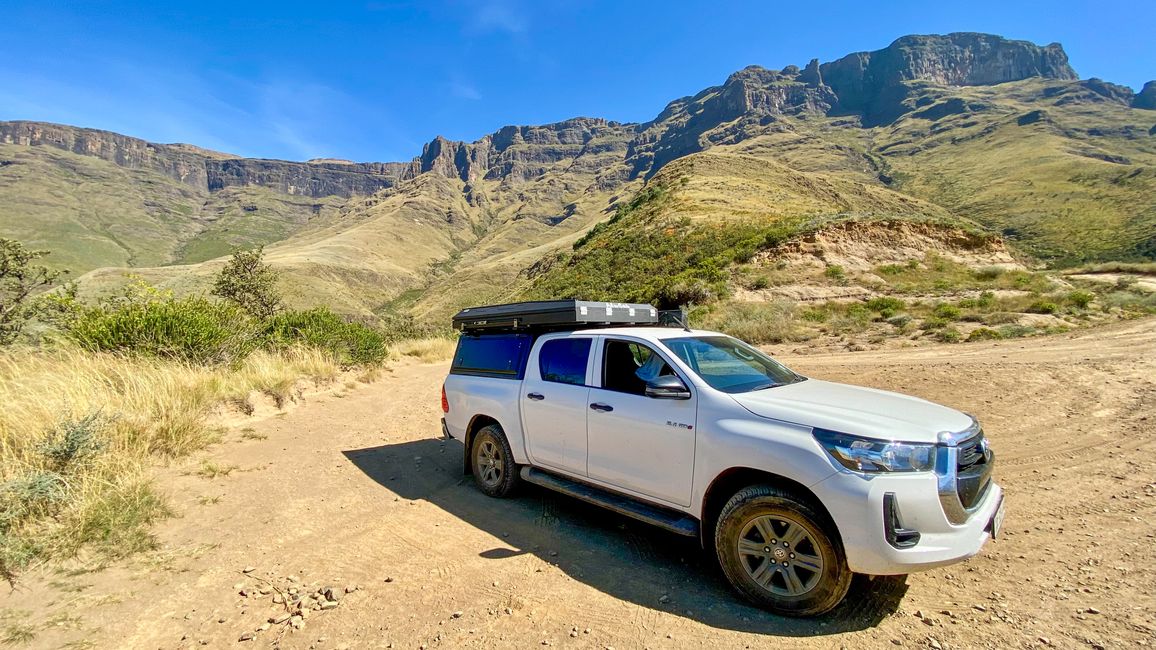
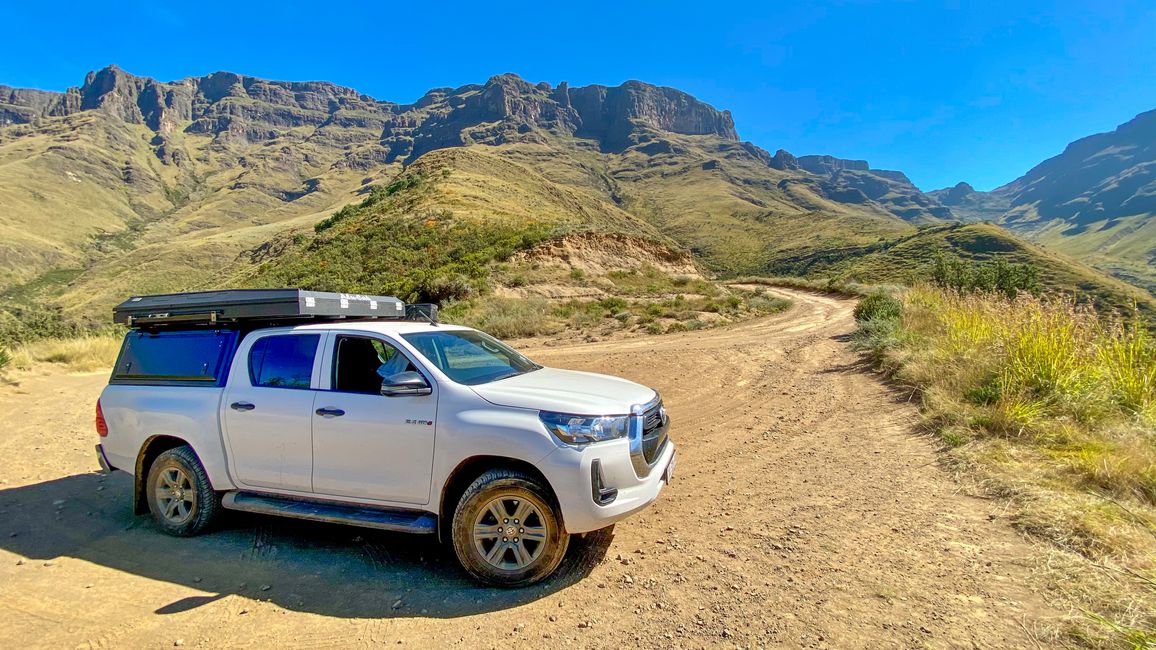
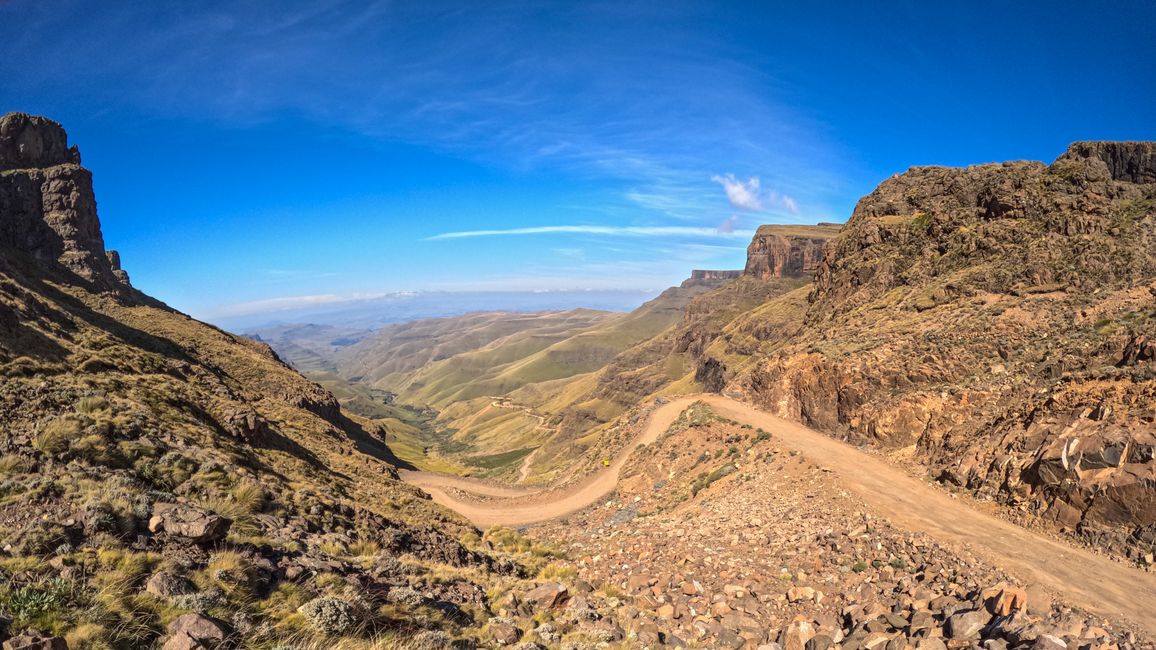
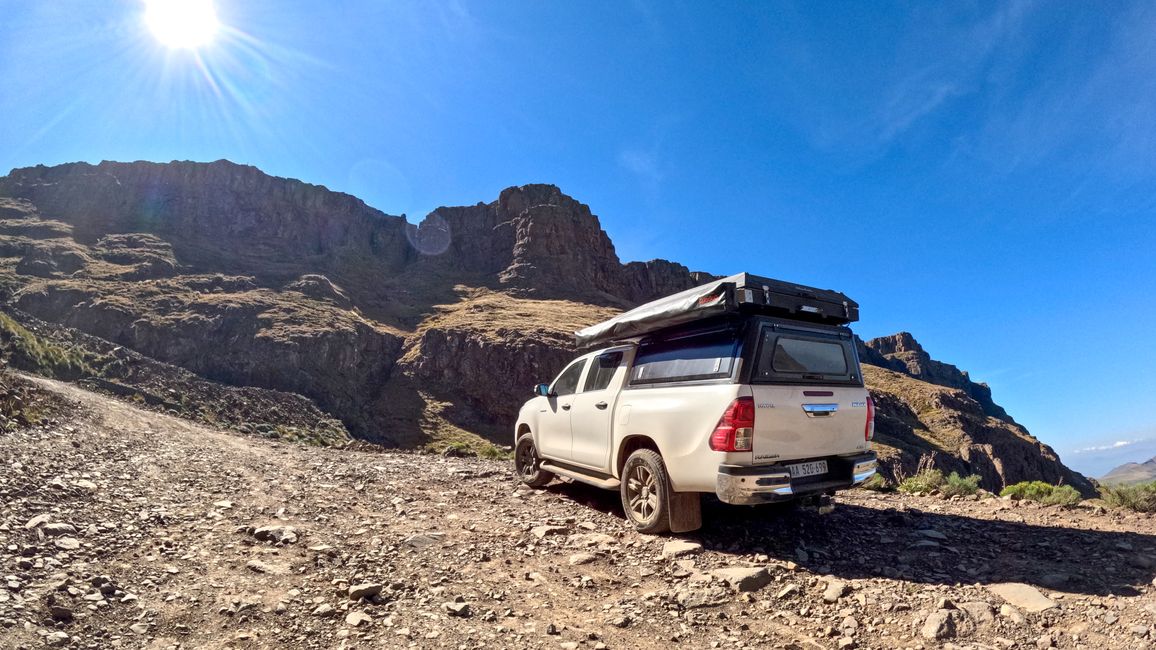
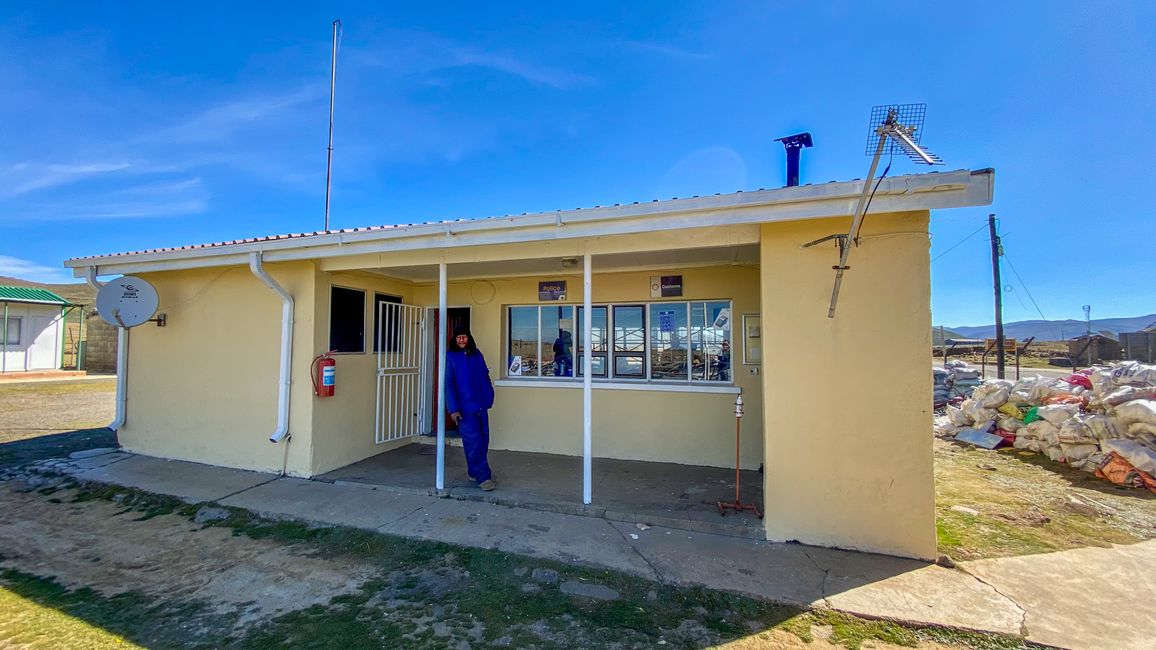
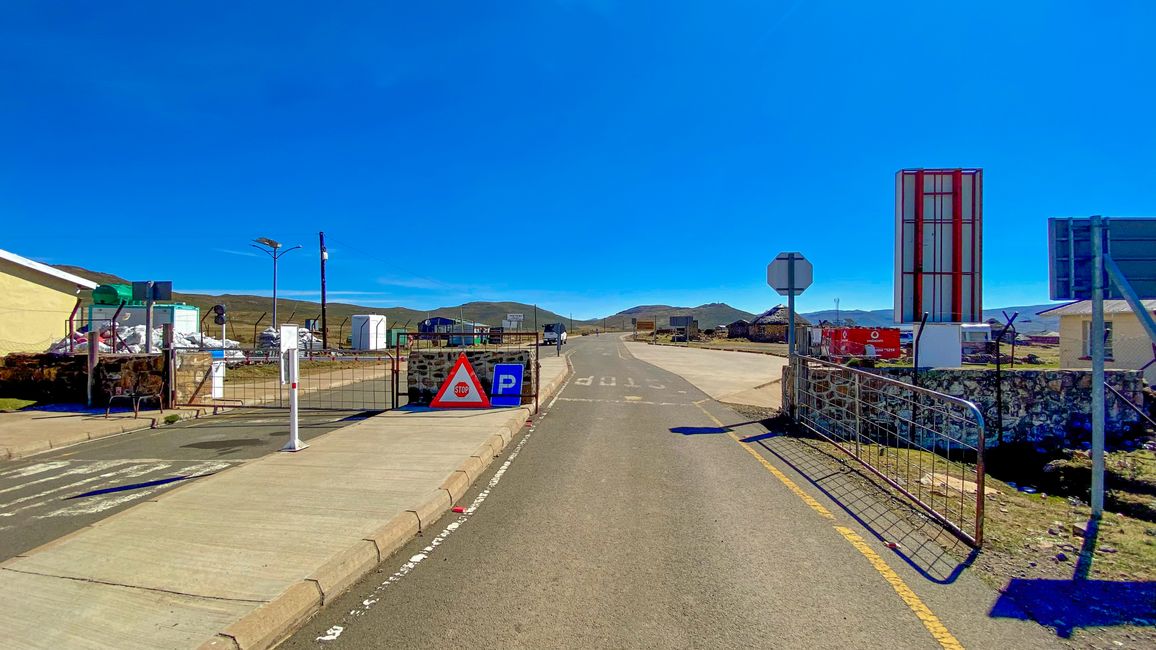


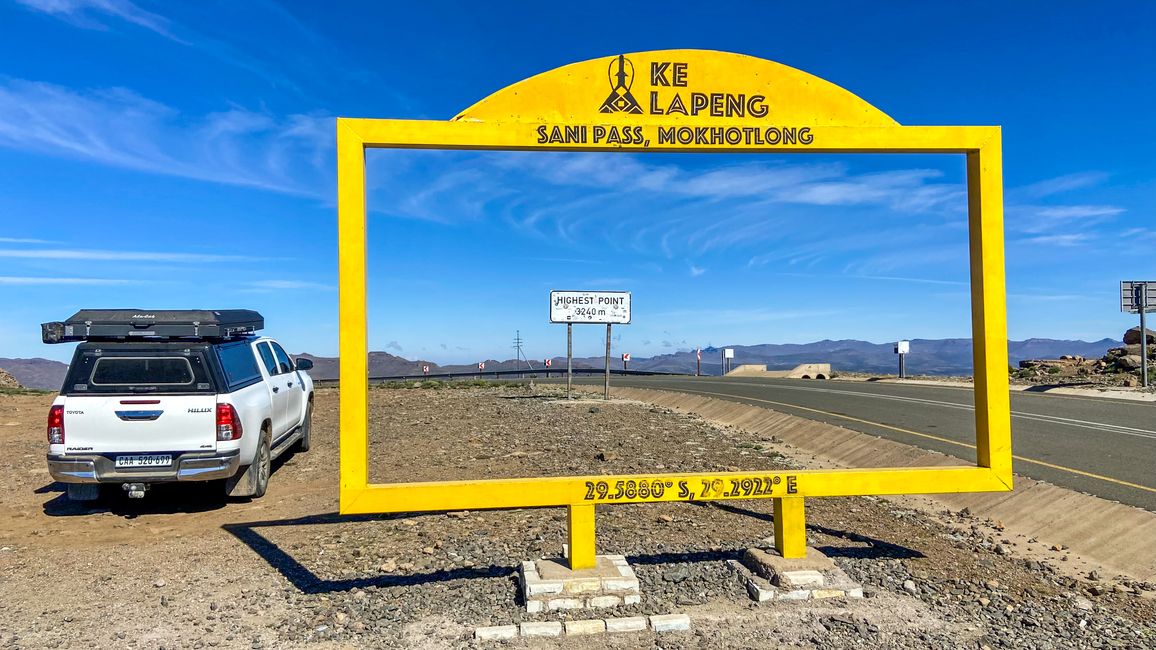
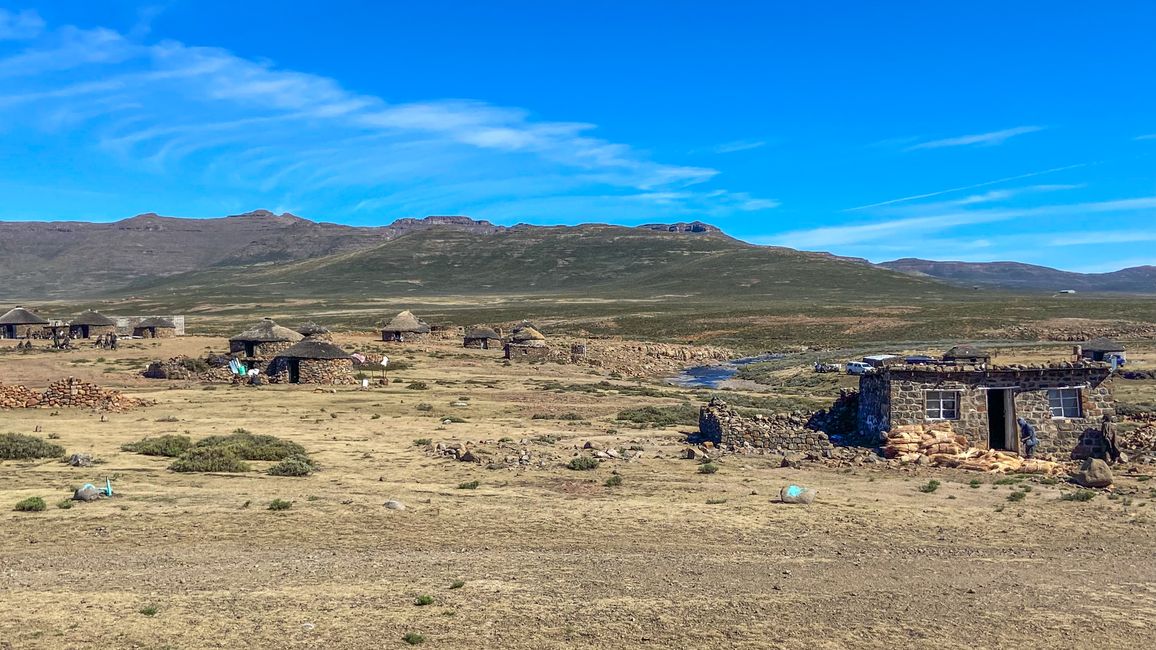
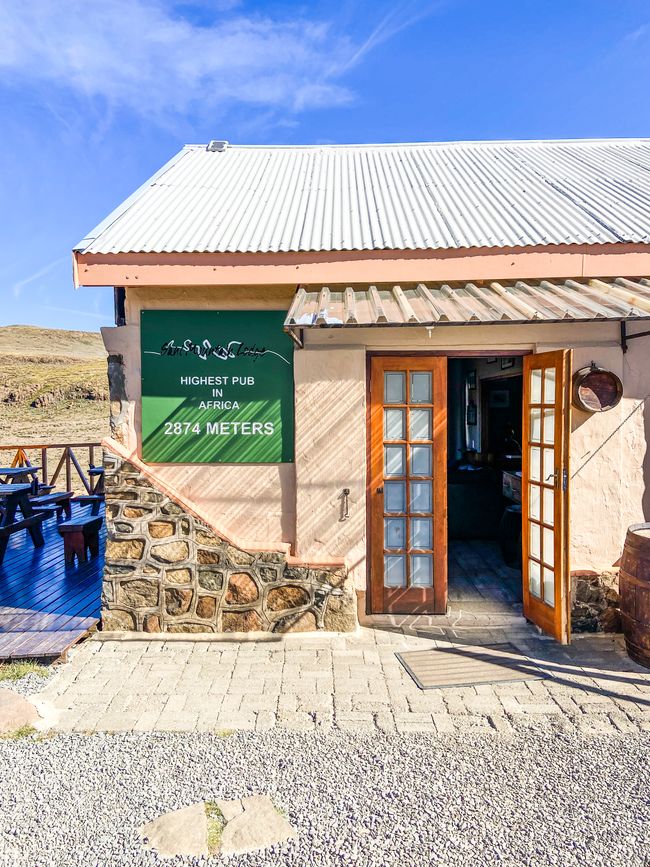
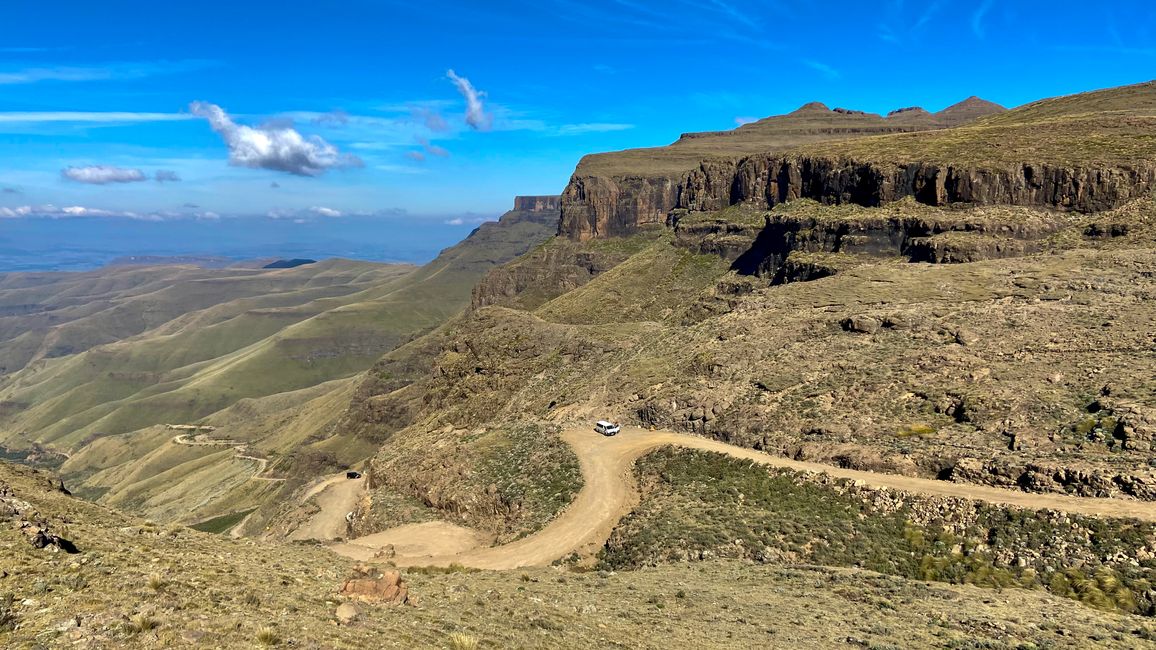
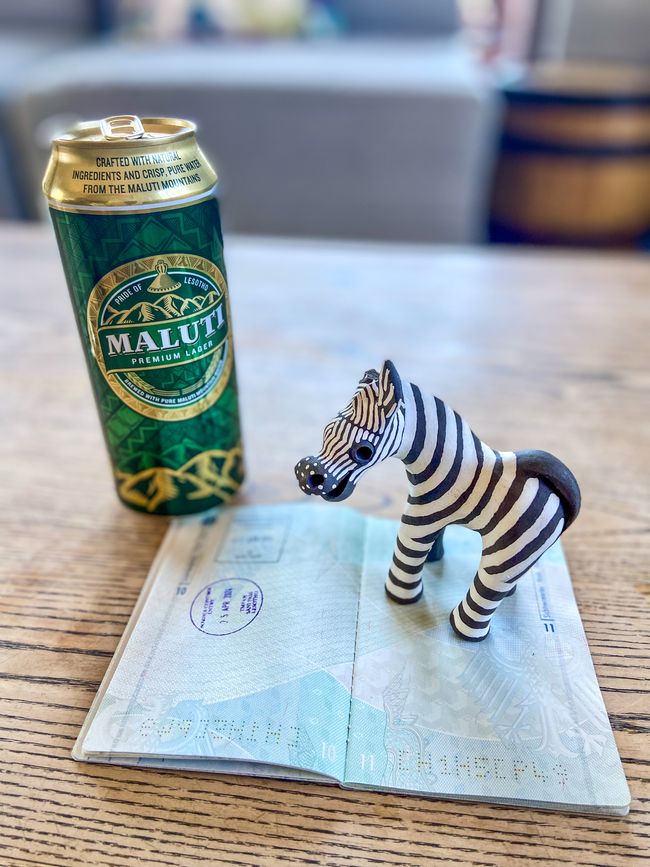
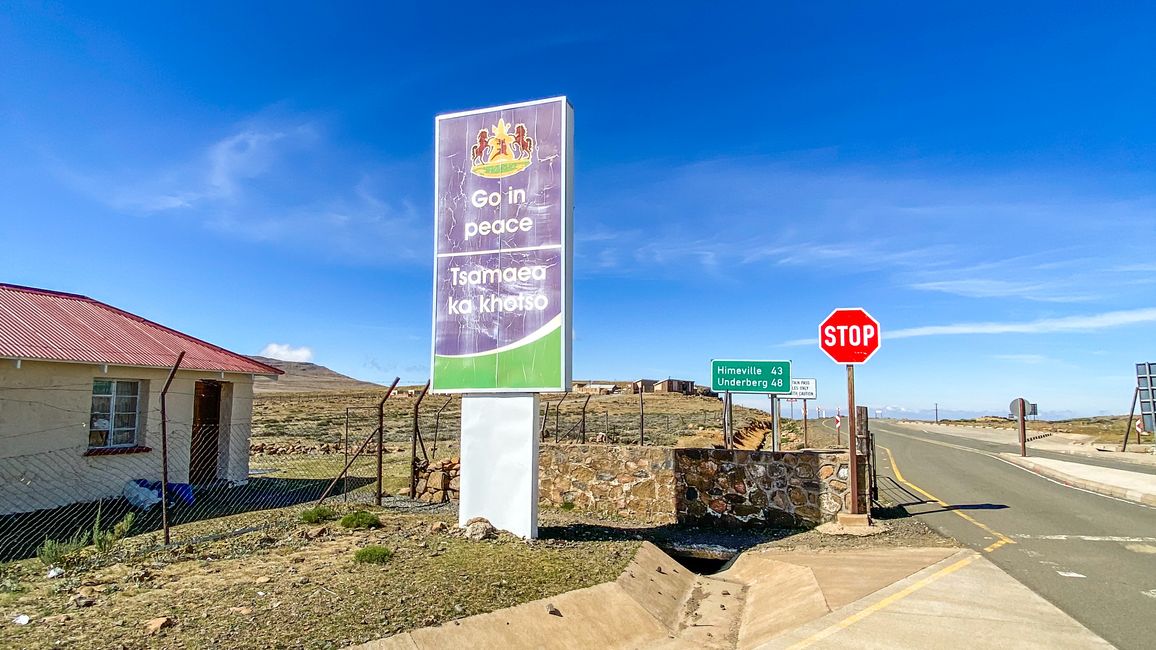
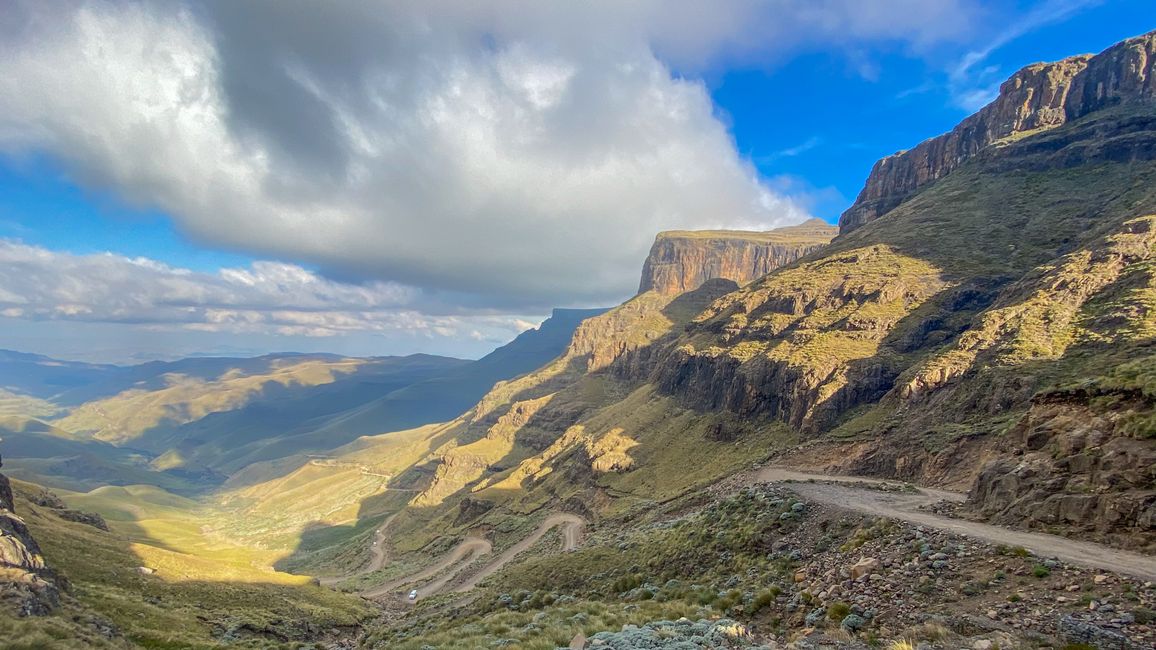
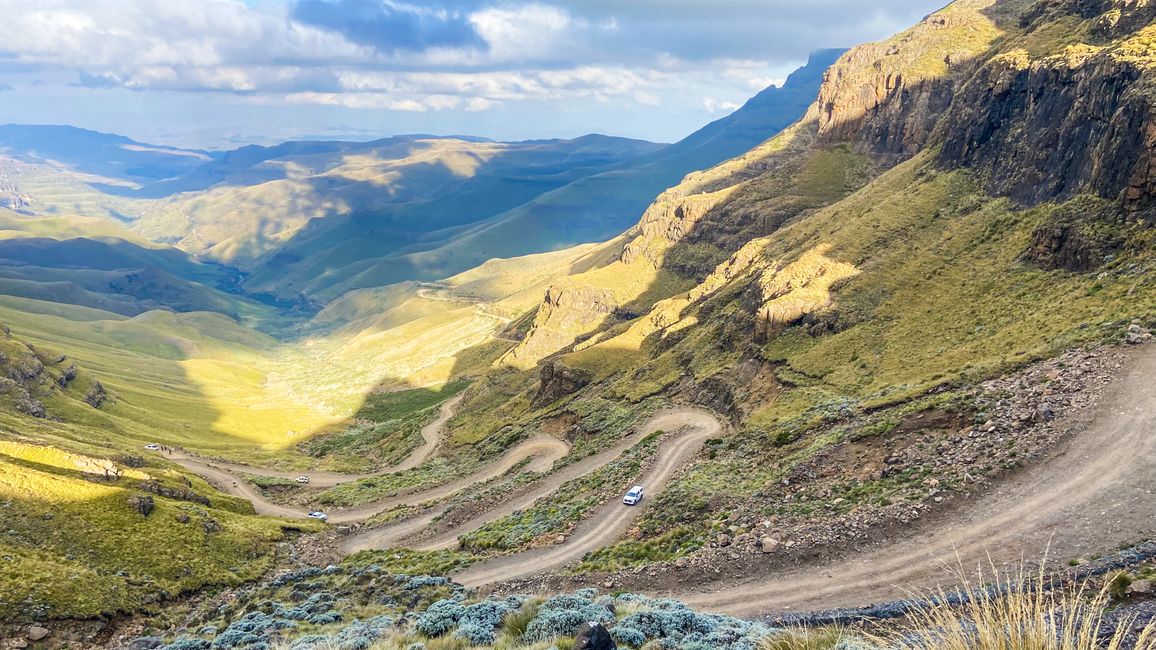
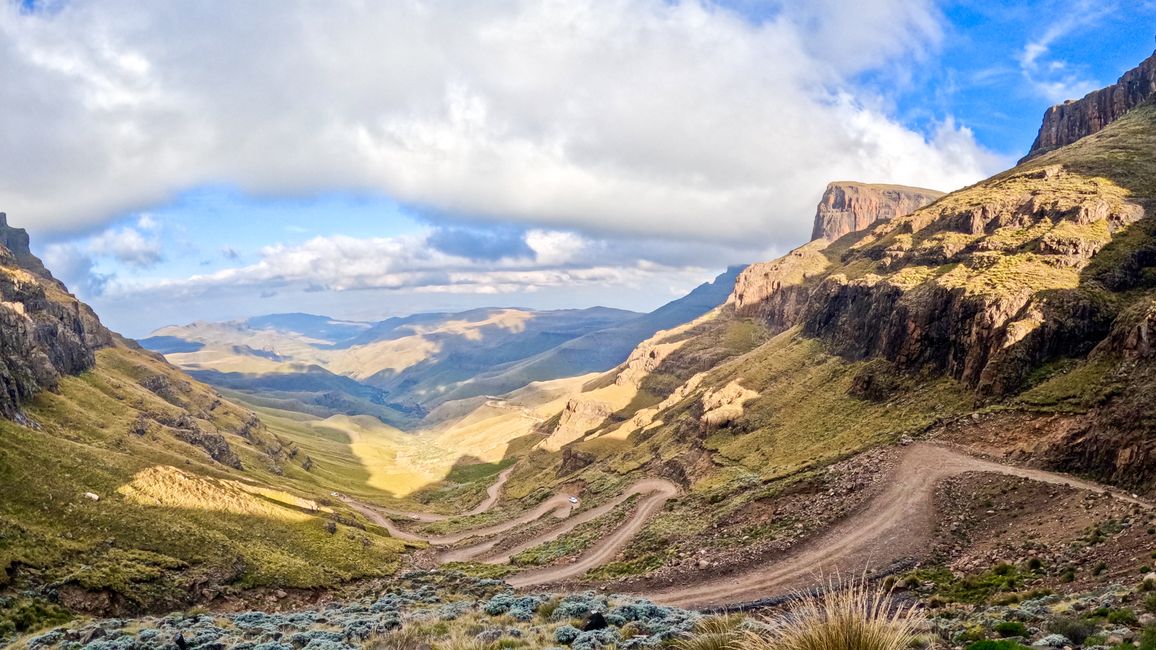
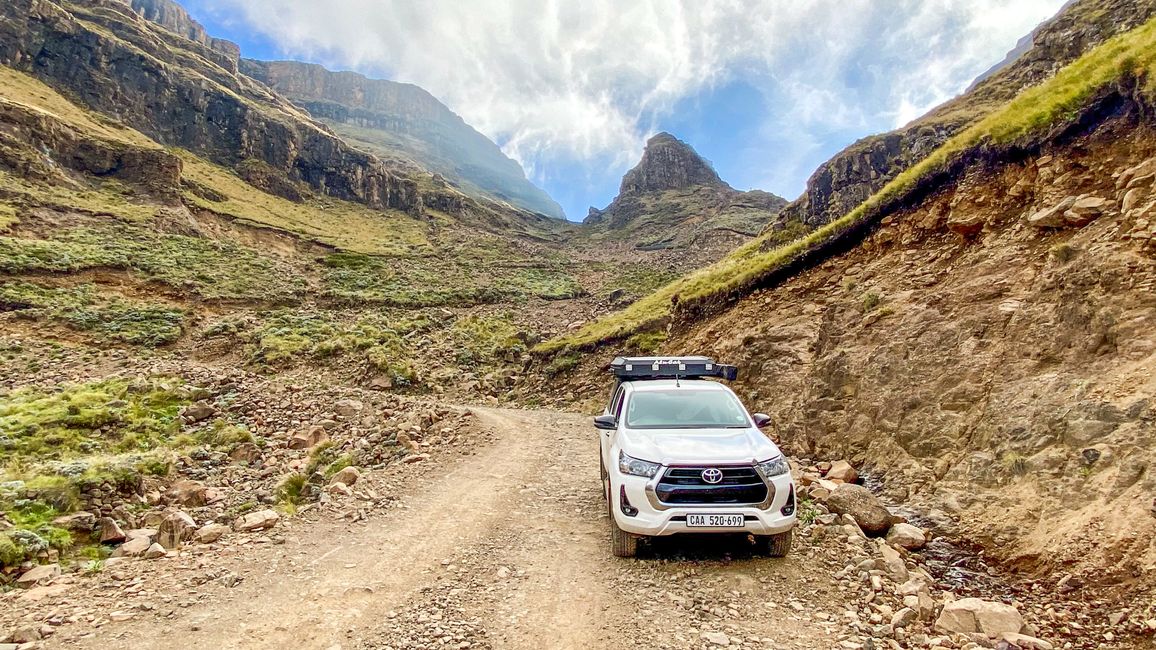
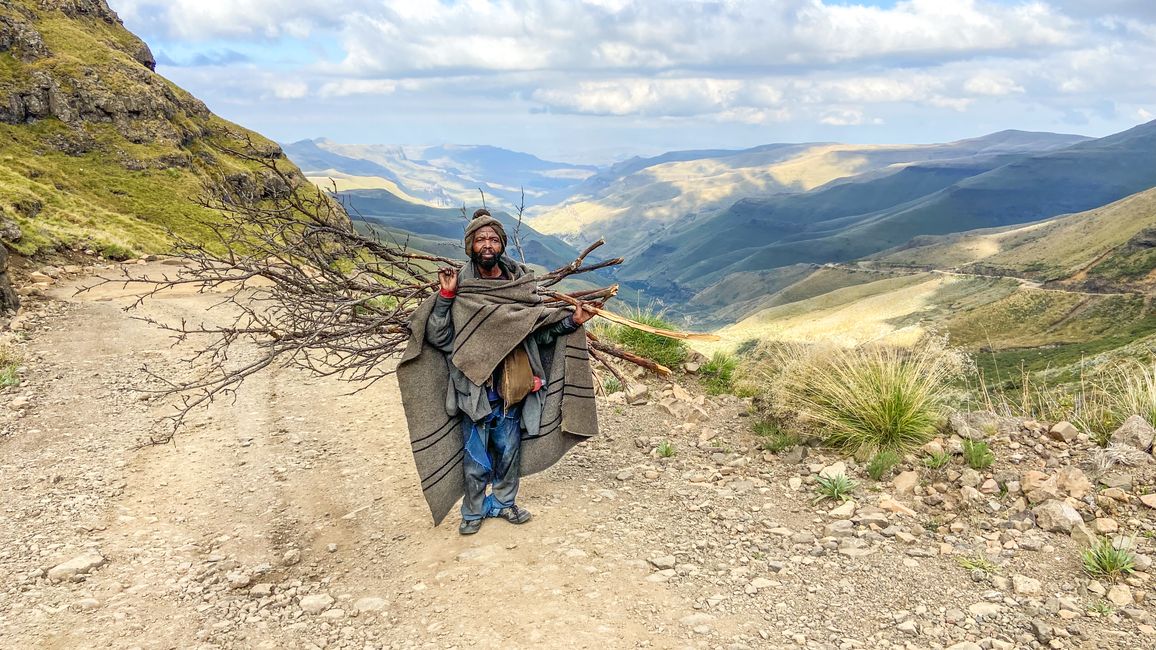
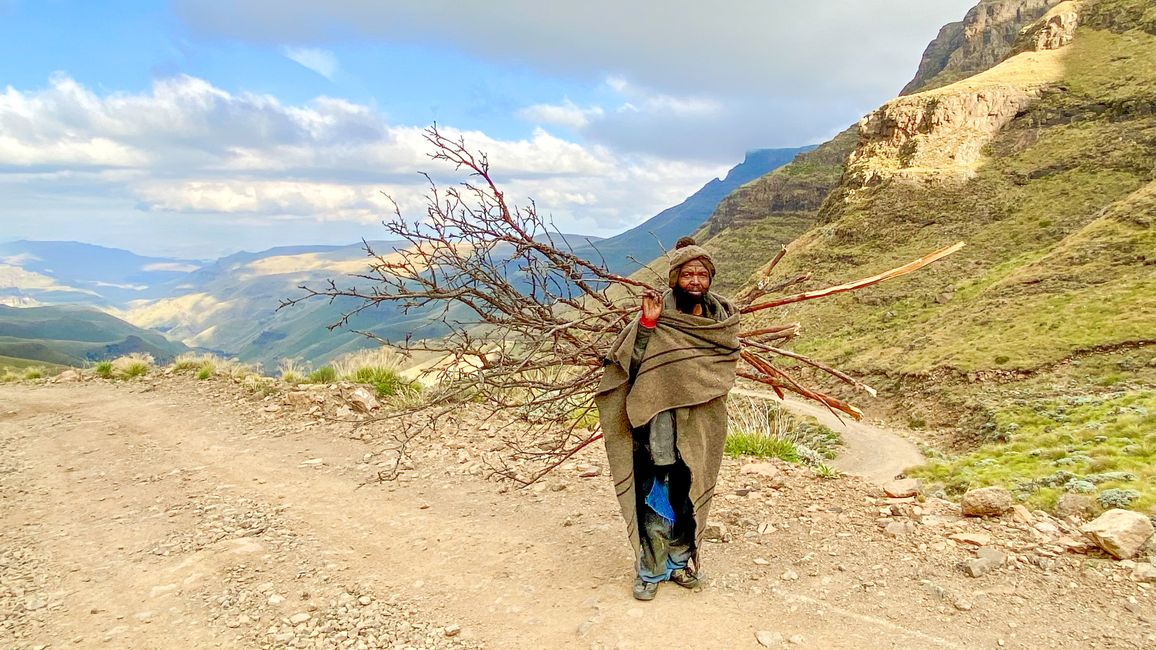
Today we travel to Lesotho via the famous Sani Pass, a mountain pass 2,873 metres above sea level in the Drakensberg Mountains that connects Lesotho and South Africa.
For many years, the Sani Pass held the absolute record for the highest pass in South Africa, but it was only in October 2016 that a new pass was opened to the public, finally beating Sani's altitude record by 125m. This is the Ben MacDhui Pass, suitable for 4x4 vehicles only, with its summit reaching a staggering 3,001m.
What is interesting about the Sani Pass is that the South African border post is not located at the actual border at the top of the pass, but at the foot of the eight-kilometer-long gravel road. Nevertheless, the entire Sani Pass is on South African soil.
A law passed in 1987 states that only 4WD vehicles can drive through the Sani Pass. Unfortunately, there are already plans to tar this section as well, transforming the challenge and excitement of the Sani Pass from a demanding 4x4 route into a relaxing afternoon drive in a hatchback.
From the border post, the Sani Pass winds its way up the rugged slope of the Drakensberg in numerous serpentines to the border post in Lesotho. With 1,330 metres of elevation gain over 8 kilometres, the road is the third steepest pass road in the world. The Sani Pass begins at its eastern end at an altitude of 1,544 metres above sea level at the South African border post and leads 1,332 metres up to the Lesotho border post at 2,876 metres. As a reward after an exciting journey, the highest pub in Africa is located at the top of the pass.
But let’s start from the beginning:
The morning was still cloudy and rainy, but the weather was getting better by the hour. I quickly checked whether I had packed my passport (it is always easy to forget it when you want to drive over the Sani Pass, as you are crossing the border into Lesotho). When I set off, the sun was on my side.
It starts just after Himeville and is quite relaxed on a really well-paved road for 25 km to arrive at the foot of the actual pass. Not really steep, but steadily uphill.
I reach the Border Post South Africa, the South African border point. There isn't really a barrier here, just a small house: passport control. I park my car, am greeted warmly by a policeman, go to the counter and get my exit stamp with which I officially leave South Africa... and the tarred road.
This immediately turns into a so-called gravel road and it immediately becomes clear why it should only be driven on with 4x4 vehicles. It is constantly uphill and the gradient steadily increases. Concentration is required, but there is still enough time to enjoy the breathtaking view.
It is very quiet on the pass today, but suddenly a minibus taxi comes towards me, one of those famous Toyota Ses'fikiles, of which there are thousands here in South Africa and which can accommodate up to 20 people (or more). Interesting, I think to myself, how elegantly and quickly it drives down the road. Later I find out that these minibus taxis that travel on the route are exclusively special models with four-wheel drive. And I have learned something new again.
The famous last 11 hairpin bends below the summit await me and they promise what you read and hear about them. The 180-degree bends become increasingly narrow, certain sections become steeper (up to 25%), and the views become more and more breathtaking. But my Hilux is not deterred. I think to myself that it is finally where it belongs and is enjoying its journey.
When I get to the top, I reach the Lesotho Border Control. Similar to the controls in South Africa, there is only a small house next to the road. I park my car again and meet cheerful and funny border officials: one of them gives me my entry stamp without hesitation, but not without taking 100 Rand from me for my visa. When I then want to go back to the car, he tells me to go to the office next door, where another official is waiting to take another 90 Rand from me for the toll with a smile. Only then am I allowed to enter Lesotho.
Lesotho
I drive into Lesotho to the highest point in Kelapeng, Sani Pass, Mokhotlong at 3,240 m. The roads here are all tarred and in very good condition. This is thanks to the Chinese, who have made this state a little bit their own...
I drive back, past traditional huts and only briefly interrupted by a few flocks of sheep that live in the fields here.
Once there, I not only returned to the border, but also went to the highest pub in Africa. The pub and its terrace are located right at the end of the pass and offer a spectacular view of the Sani Pass.
I take the opportunity to have lunch and order a traditional Lesotho chicken curry (which is always prepared with bones) together with the local beer Maluti. A real treat for the palate here at almost 3,000 meters altitude. I stick to one beer because I know that I have to drive down the Sani Pass again, which is not to be underestimated.
So after a relaxing afternoon, I head back to the border (just around the corner) to "check out" of Lesotho. Unfortunately, I notice that the border post is not manned. Fortunately, it quickly turns out that all the border guards are already sitting behind their border posts with a few drinks before the end of the day... OK, it was already half past two. But you quickly notice that another tourist wants to leave the country and very quickly an officer comes out, immediately and politely gives me the stamp, and then disappears back to her colleagues and the drinks.
The first hairpin bends are again incredibly dramatic. The sheer size of the landscape becomes clearer as the first bends disappear into the gorge like a lazy snake. A breathtaking view. Halfway through these serpentines I meet a Basotho, a resident of Lesotho, who is walking up the Sani Pass with wood on his back. He smiles and I ask him if I can take a picture of him, which he agrees with a nod. It is impressive how calm and peaceful these people radiate, and with wood in their luggage on one of the steepest mountain passes in the world.
Typically, Lesotho residents still make extensive use of horses, mules and donkeys as their main means of transport to haul basic foodstuffs and provisions across the pass after purchasing them in South Africa.
As the road loses altitude, the beautiful Khomazana river valley opens up and the views become more expansive. My way down seemed quicker and easier, but that could also be because of the Lesotho beer.
Once I arrive back at the South African border, I get my next stamp and am officially allowed to return to South Africa.
On the way back to Khotso I drive to Glencairn Farm, the venue for the Ultra Trail Drakensberg, where I will start on Saturday. Here I quickly complete my registration before heading back to the farm.
Like the evening before, I'm sitting here having dinner with my hosts and a few other runners.
Another beautiful and exciting day comes to an end and I am full of expectations for the next day.
ຄໍາຕອບ
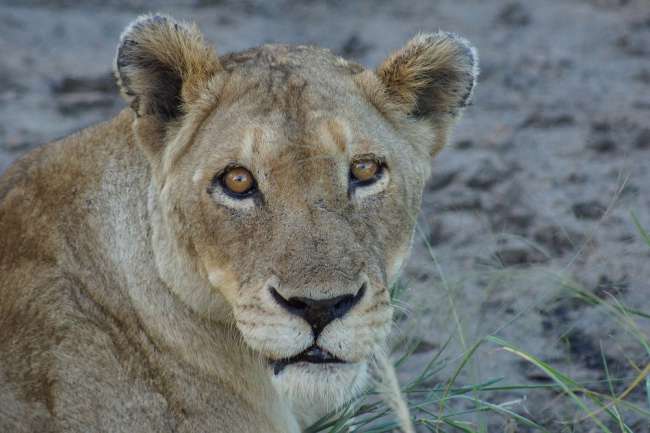
ລາຍງານການເດີນທາງ ອາຟຣິກາໃຕ້

